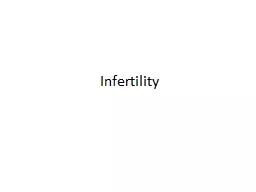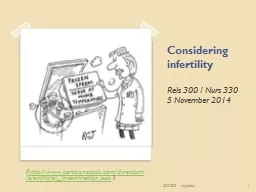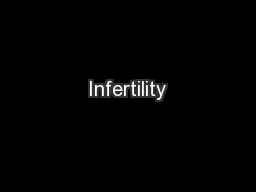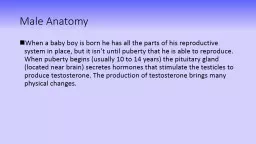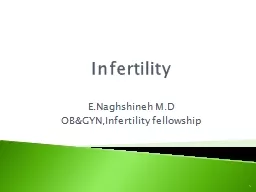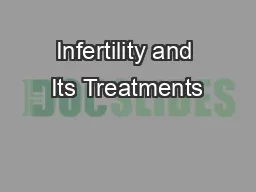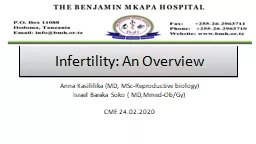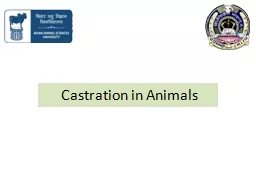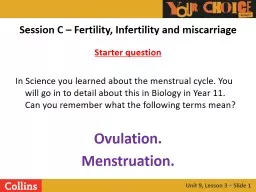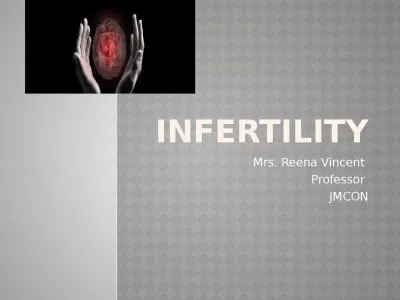PPT-Infertility Testicles are bilateral ovoid structure, located within scrotum
Author : desha | Published Date : 2022-02-15
Testis weighs about 20 GM and has volume of 1525 ml small testicle when the volume is less than 12 ml The testicular volume could be measured by ultrasound using
Presentation Embed Code
Download Presentation
Download Presentation The PPT/PDF document "Infertility Testicles are bilateral ovoi..." is the property of its rightful owner. Permission is granted to download and print the materials on this website for personal, non-commercial use only, and to display it on your personal computer provided you do not modify the materials and that you retain all copyright notices contained in the materials. By downloading content from our website, you accept the terms of this agreement.
Infertility Testicles are bilateral ovoid structure, located within scrotum: Transcript
Download Rules Of Document
"Infertility Testicles are bilateral ovoid structure, located within scrotum"The content belongs to its owner. You may download and print it for personal use, without modification, and keep all copyright notices. By downloading, you agree to these terms.
Related Documents

